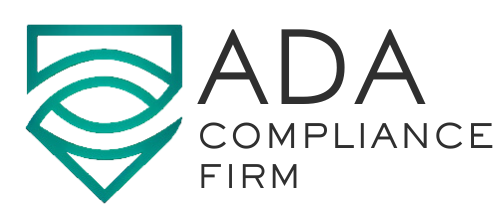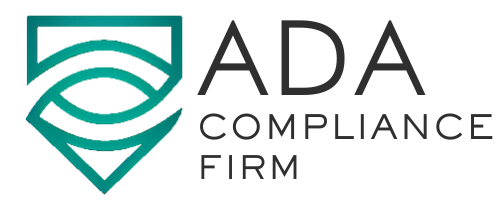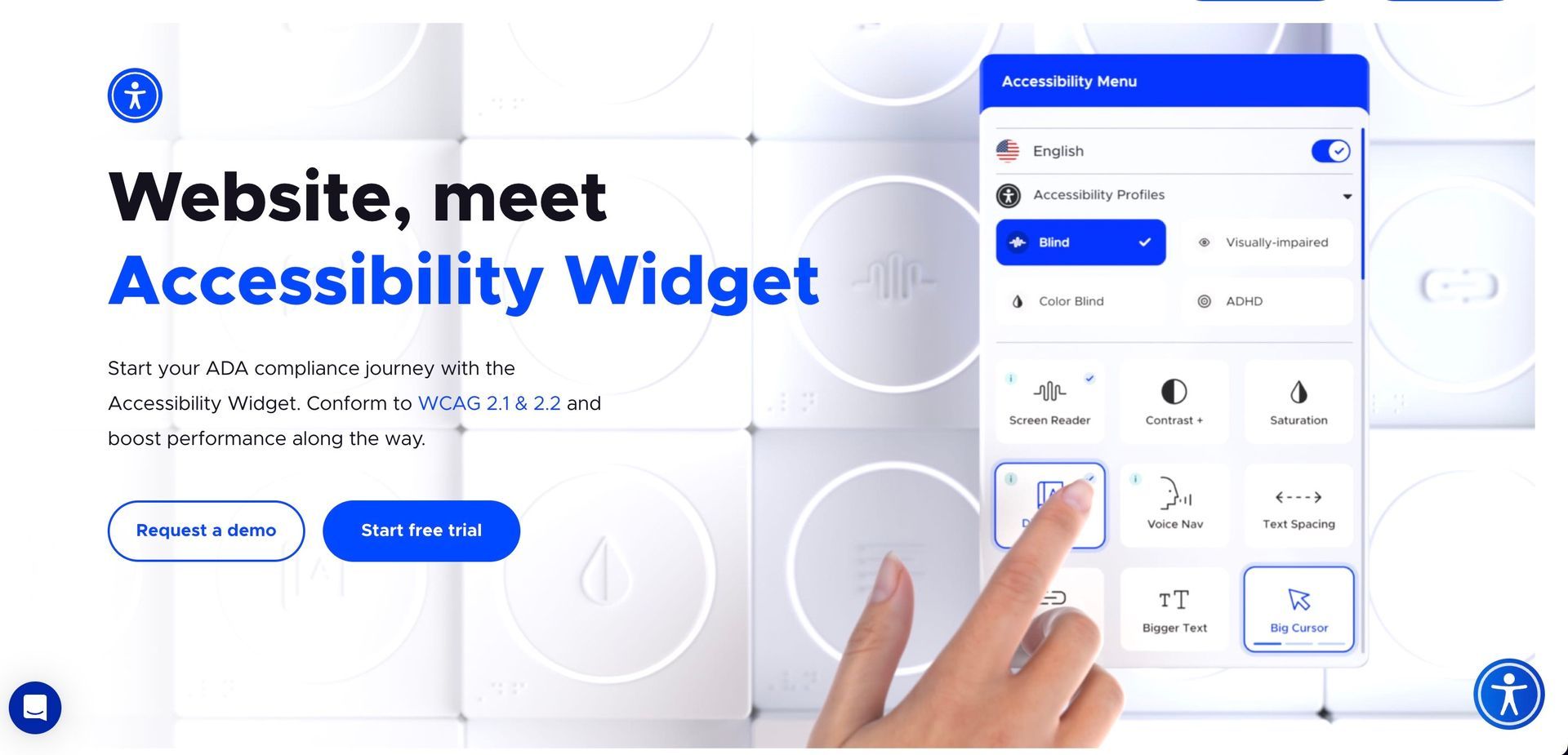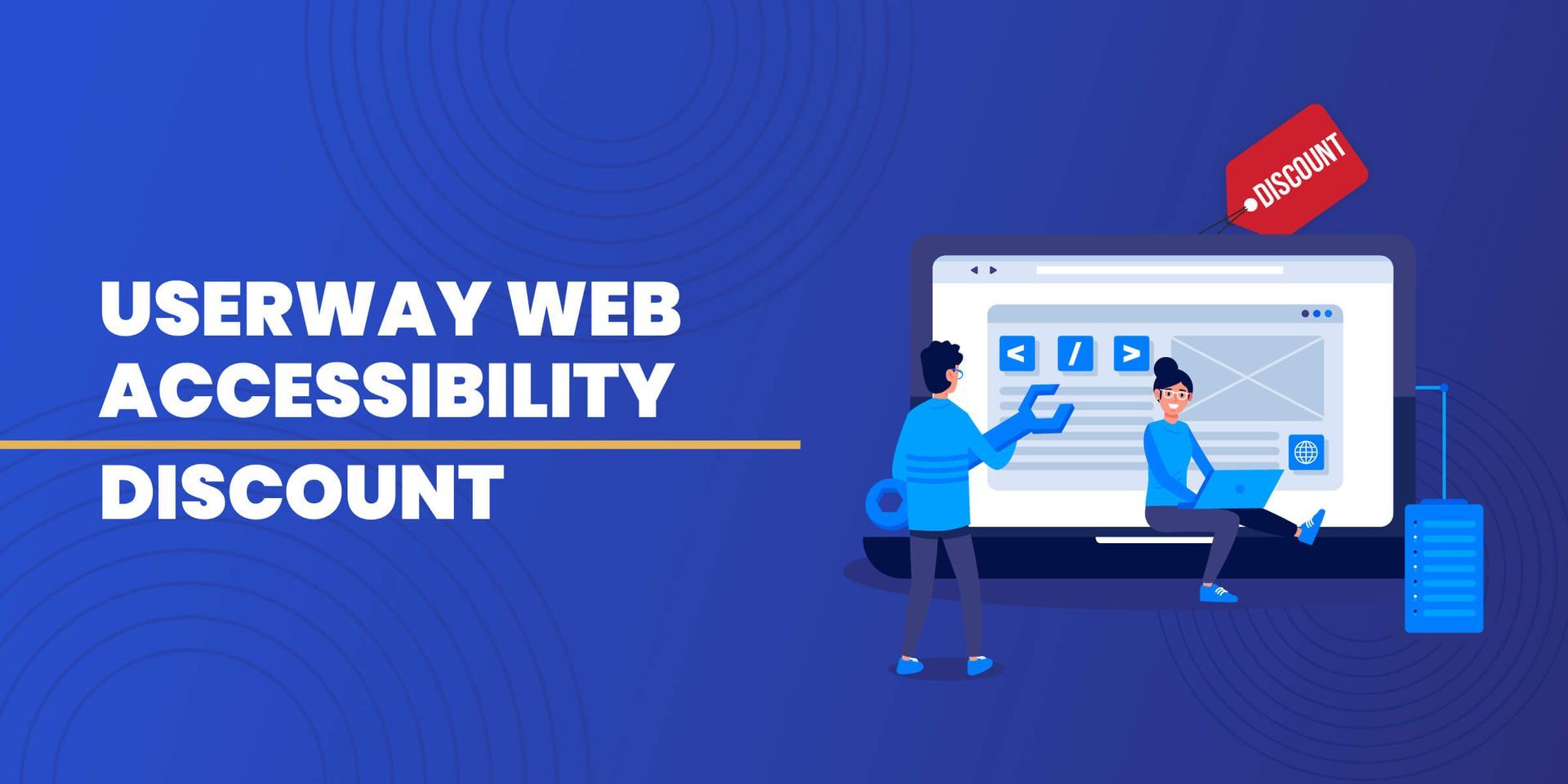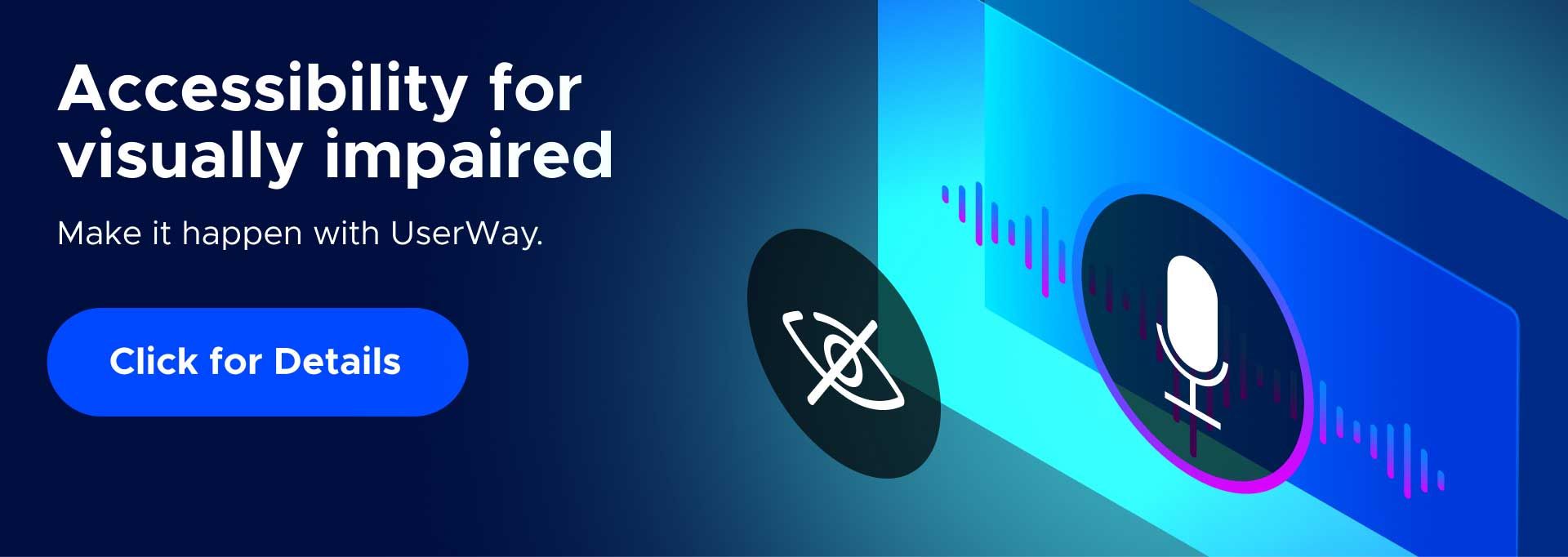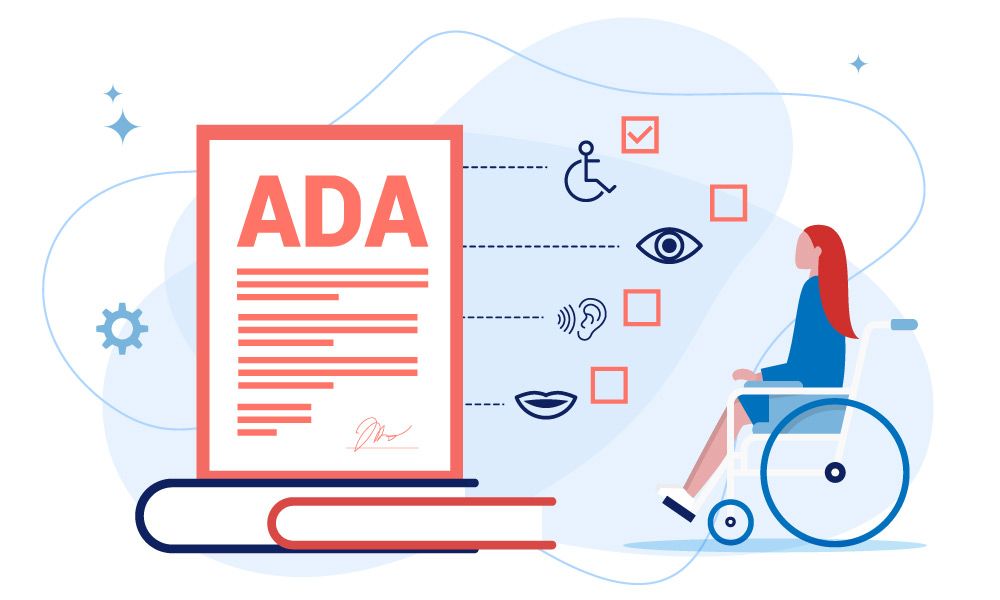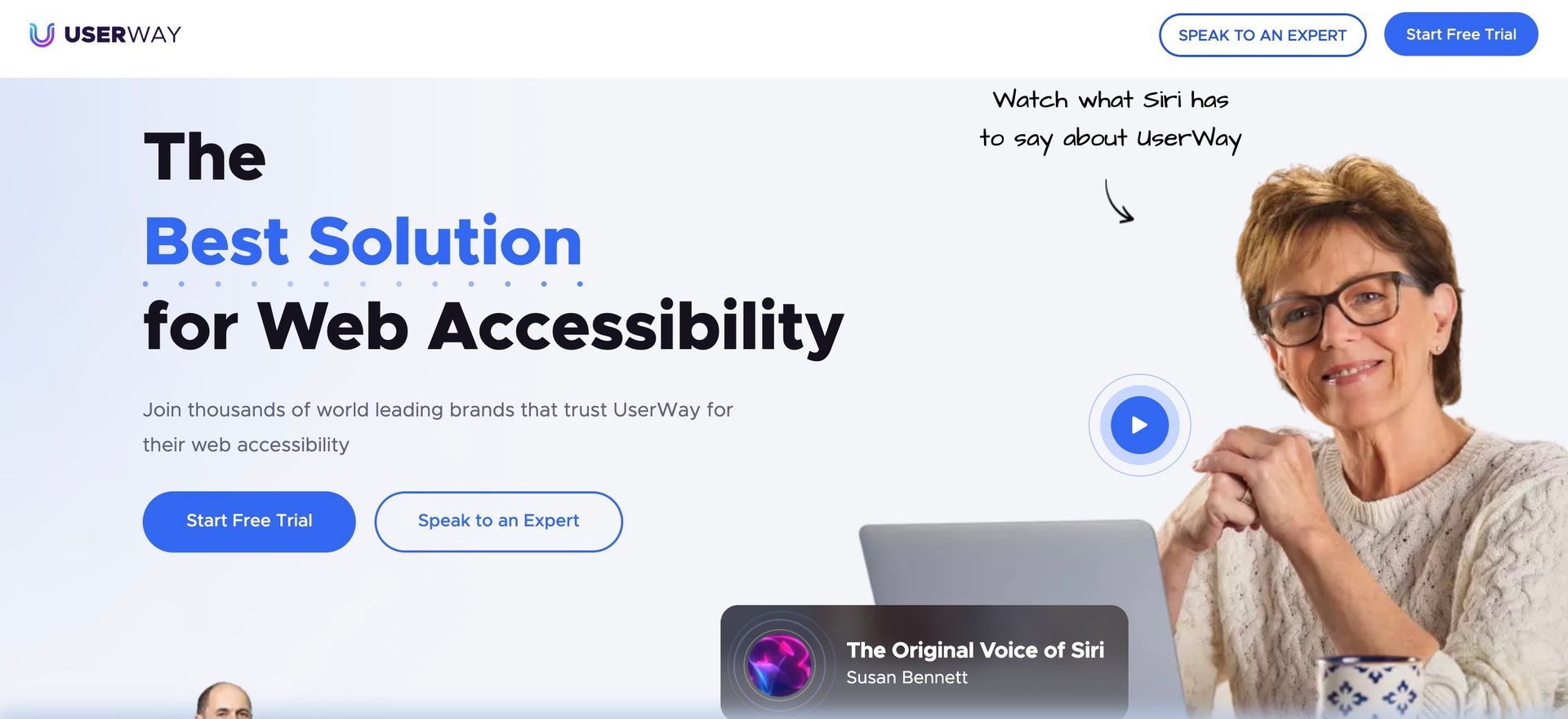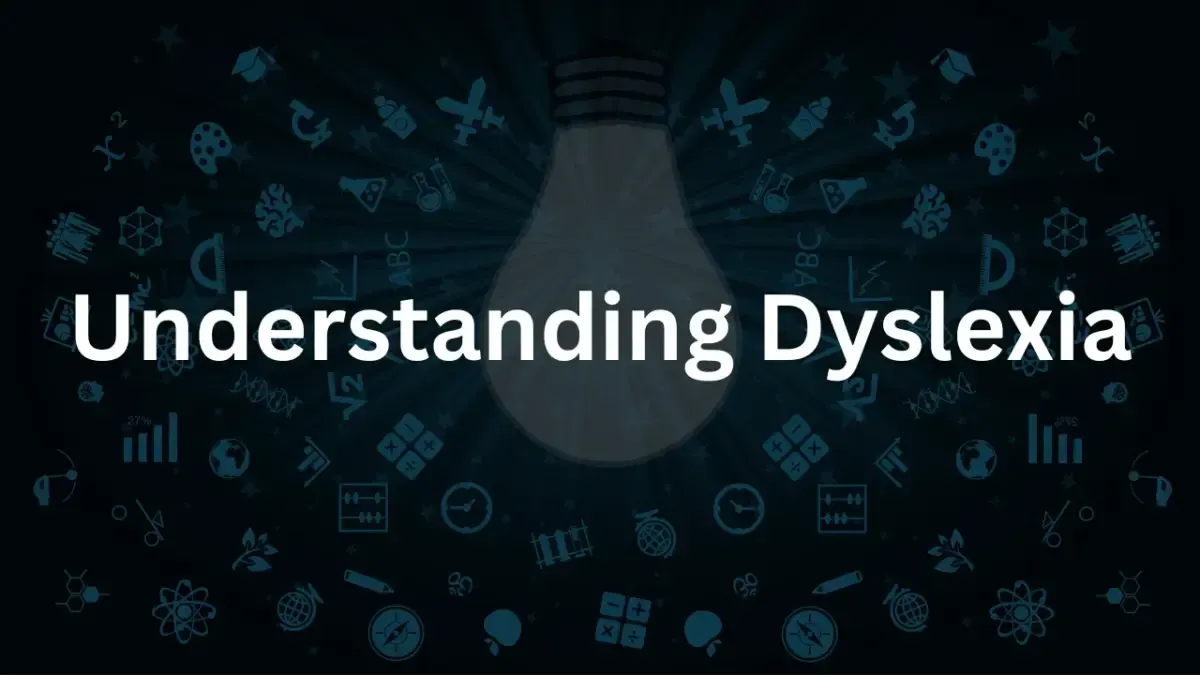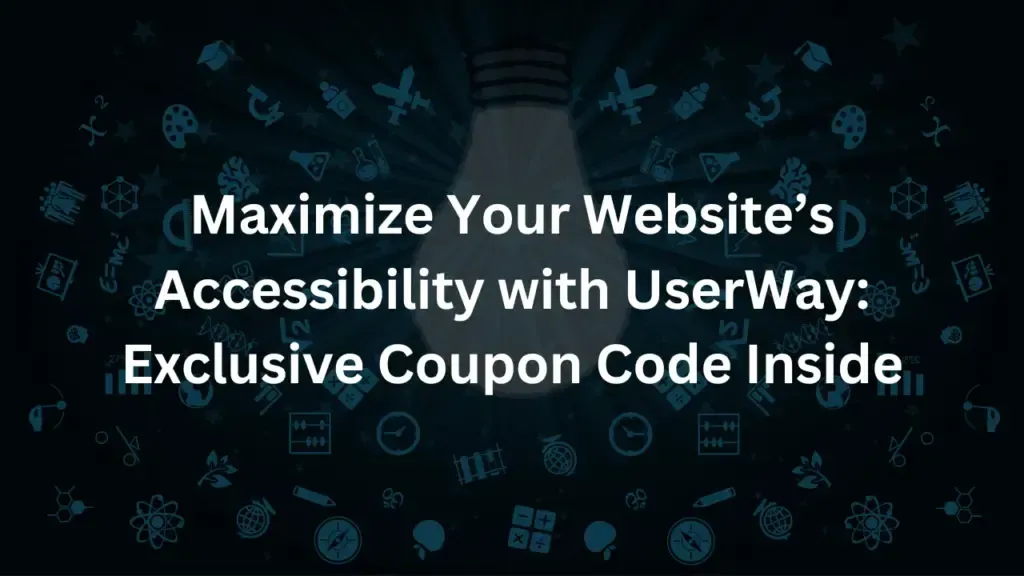How Website Accessibility Is Important and How You Can Get Compliant

Introduction
Web Accessibility is an important concept that enables everyone, regardless of physical or mental abilities, to access online services and technology.
It's defined as the design of products and environments with people who experience disabilities taken into consideration; allowing them equal opportunity for enjoyment in our digital world.
Web Accessibility brings us one step closer towards a truly inclusive society where all individuals can benefit from advances in tech.
Frequently Asked Questions
What type of Disability
Living with disabilities can make everyday tasks more difficult. According to the Centers for Disease Control (CDC), disability is an impairment that limits activity, interaction and participation in daily activities due to a physical or mental condition experienced by individuals of all ages.
There are three main types of disability:
- Permanent Disability – when someone cannot perform certain functions because they have conditions such as blindness or deafness
- Temporary Disability – if limitations last only briefly
- Conditional/Situation Disability - caused by temporary roadblocks related to inability, environment etc...
Why Website Accessibility Is Very Important For Your Business
As technology and the digital sphere become increasingly intertwined with everyday life, it is essential for an accessible web to exist in order to provide equal opportunities regardless of physical ability.
This can help facilitate a level playing field across multiple areas such as education, employment, government services, health care administration and recreational activities allowing people with disabilities greater independence while actively participating within society.
Furthermore business owners stand to benefit from this by providing access through websites that are more easily navigable for those who may be unable or have difficulty using traditional methods of shopping at brick-and-mortar stores or malls.
Organizations can leverage Web accessibility to unlock a wealth of information and interaction for people with disabilities. This innovative use of technology allows access barriers such as audio, visual or print media be surpassed.
Compliance Avoid Expensive Lawsuits
Organizations can leverage Web accessibility to unlock a wealth of information and interaction for people with disabilities. This innovative use of technology allows access barriers such as audio, visual or print media be surpassed.
To further explore the value that this practice brings to individuals and organizations alike we recommend reading “Social Factors in Developing a Web Accessibility Business Case for Your Organization” which provides insights on how implementing web technologies positively impacts disabled lives while also addressing legal requirements outlined by regional policies around the world through WAI's Web Accessibility Policy Resources list-links.
Conclusion
Website accessibility is important for a number of reasons including SEO, avoiding expensive lawsuits, and reaching a wider audience. If your website is not accessible, you could be missing out on potential customers and revenue. Make sure your website is compliant with WCAG 2.0 AA guidelines to ensure that everyone can use your site regardless of ability.
Free ADA Compliance Checklist
When it comes to website accessibility, there are a lot of things to consider. You can grab our free website compliance checklist by clicking here to make sure you follow each step.
Join our newsletter
Recent Blog Posts
